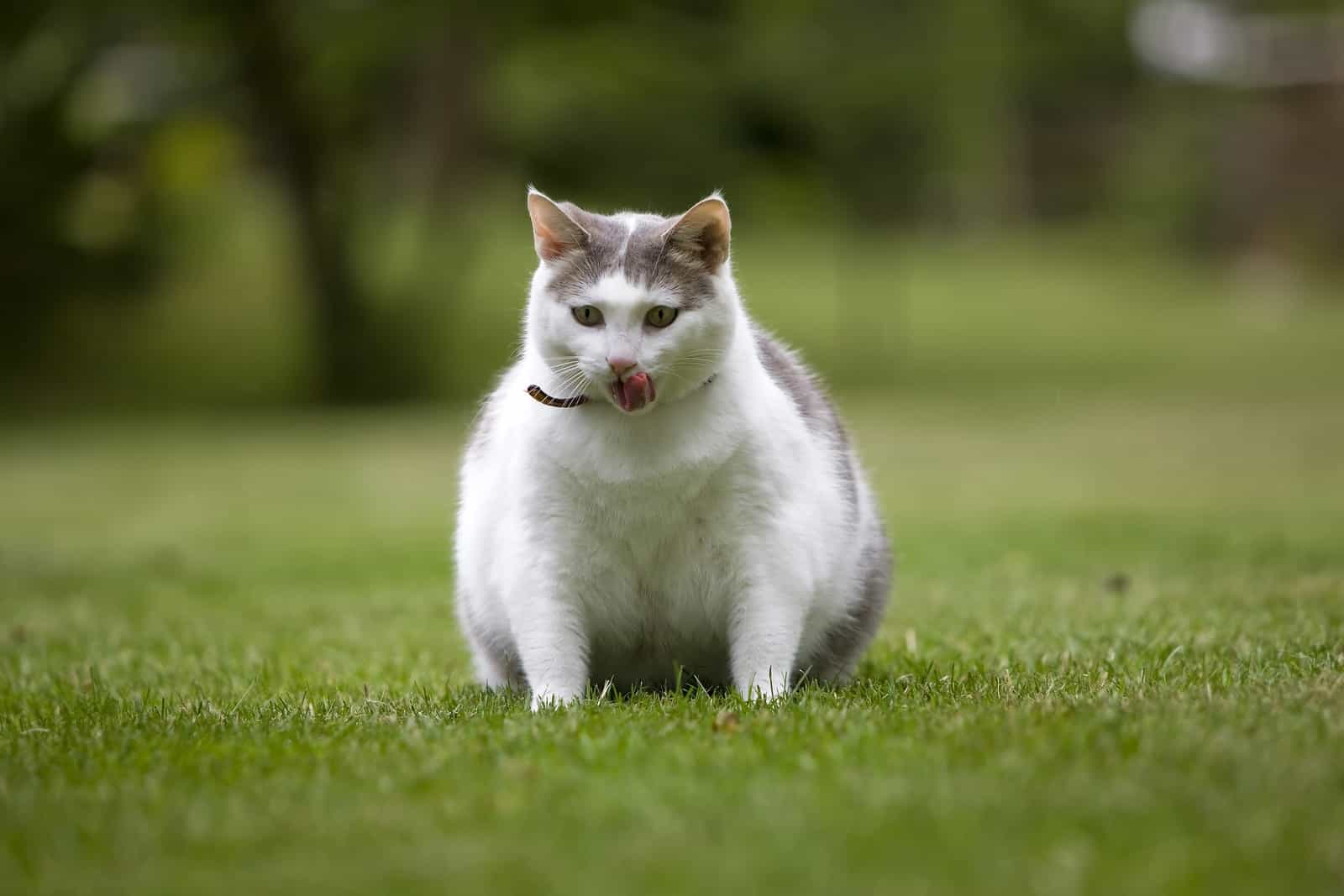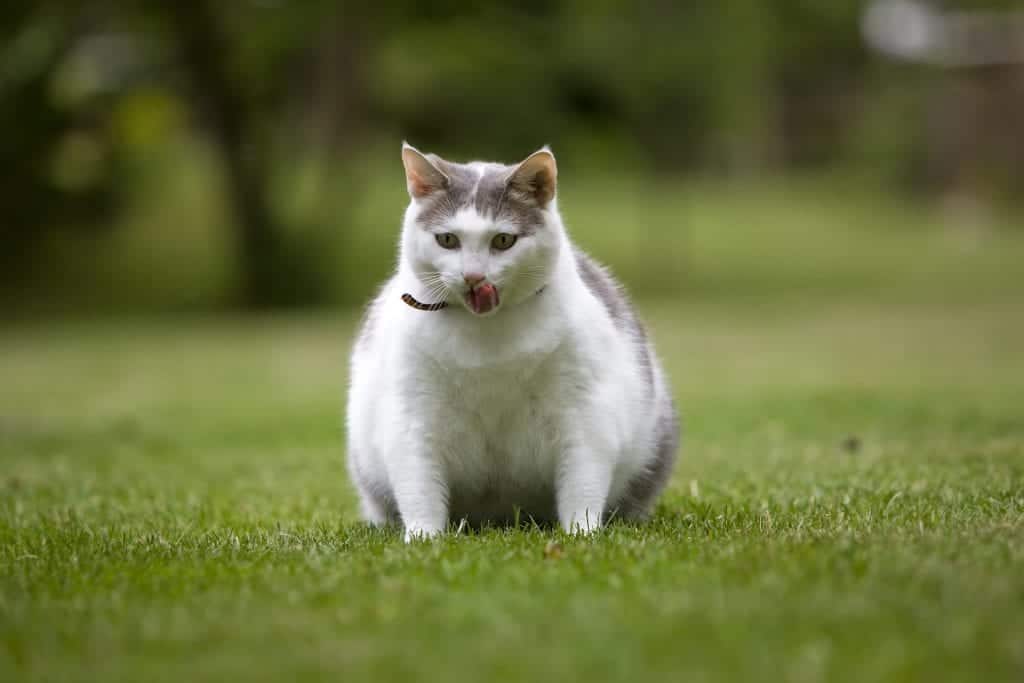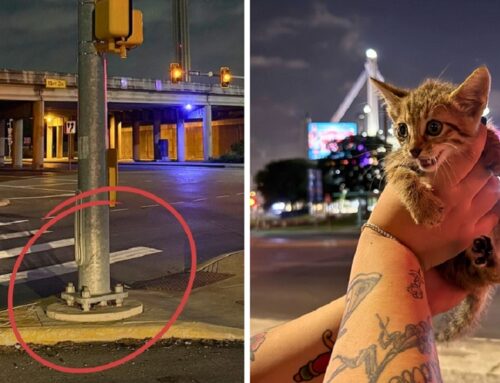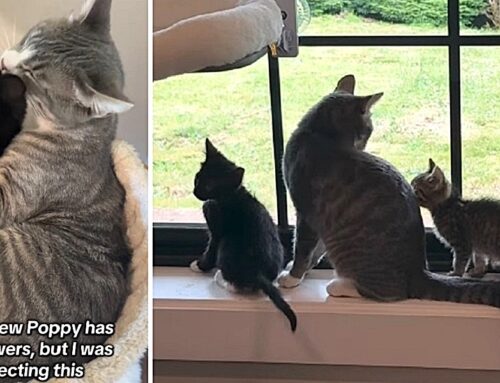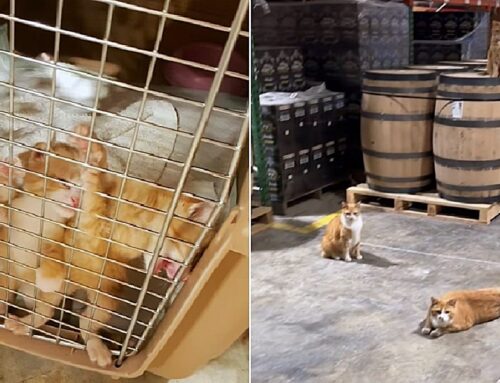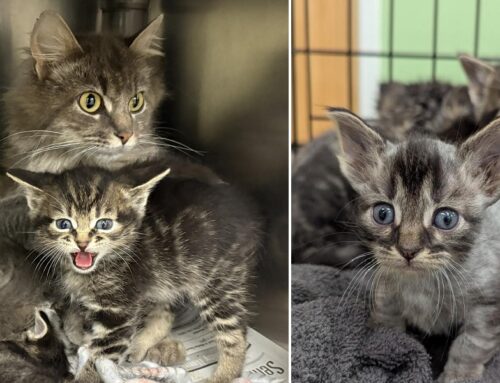As a pet owner, you want to keep your cat as happy and healthy as possible. You may not be able to prevent your cat from developing diabetes, but you can help your kitty navigate this condition and provide necessary treatments as long as you know what to look for. Learn how to recognize six signs of diabetes in cats.
Frequent Bathroom Breaks
Cats are creatures of habit, and changes in routines often signal that something isn’t right. More frequent visits to the litter box tend to be one of the first signs that your cat is dealing with a serious medical issue, as constant urination can help diabetic cats reduce their blood glucose levels. Since frequent bathroom breaks could signal other serious conditions, be sure to visit your vet for a diagnosis.
Science has recently provided a sure fire way to monitor your cats conditions in the form of litter that changes color when medical issues are present!
Increased Food and Water Consumption
When cats first start dealing with diabetic symptoms, their frequent bathroom breaks often inspire them to drink water constantly to make up for the loss of fluids. If you find that you have to refill your cat’s water dish much more often than usual and extenuating circumstances like hot and dry weather aren’t factors, diabetes could be to blame.
Some cats also develop big appetites in the early stages of diabetes. If your cat is constantly hungry or devours its food much more quickly than normal, talk with your vet.
Sudden Weight Loss or Gain
Diabetic cats can’t properly absorb the nutrients from their food, which has a substantial impact on their weight over time. At first, you may notice weight loss, especially if your cat is overweight to begin with. Over time, however, most diabetic cats become obese, even without a change to their diets.
Unhealthy Coat

When cats can’t absorb nutrients, their weight isn’t the only aspect that suffers. Many develop unhealthy coats, since fur and skin require a nutritious diet to stay healthy. Keep in mind that a new brand of food or other major lifestyle changes can also affect your pet’s coat. Before taking your cat to the vet over an unhealthy coat, review any big changes to your pet’s routine.
Mood Swings
Just like humans, cats can experience depression and mood swings when dealing with a medical condition. If your cat normally has a loving personality but starts to show signs of behavioral changes, such as unhappiness or aggression, take these signs seriously. Your cat’s internal issues may be surfacing in the form of grumpiness or a reluctance to be touched.
Fatigue and Weakness
Over time, high blood sugar and complications from diabetes can cause your cat to be weak or fatigued. If you notice that your cat has become lethargic or that it doesn’t have as much energy as it did only a few weeks or months ago, a visit to the vet is in order.
If you notice any of these signs, observe your cat’s behavior for a few days, and then make an appointment with your vet. You’ll want to share as much information as you can to ensure an accurate diagnosis and straightforward treatment.
Related Story: Often Undiagnosed Disease Plagues Millions; WE Can Give Them Long, Healthy Lives By Learning How To Help!


